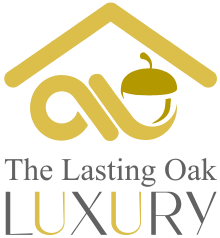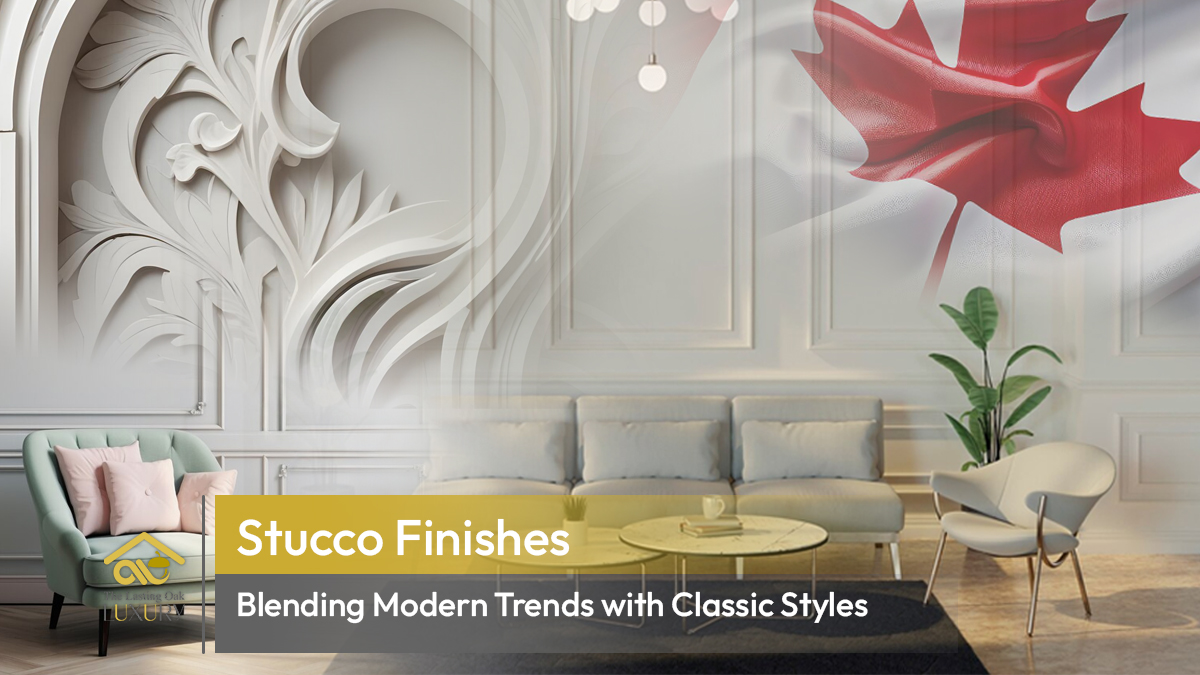
Introduction
This article, produced by the Research and Development unit of LastingOak, delves into the versatile world of stucco finishes, exploring how modern trends can seamlessly blend with classic styles. Whether you’re looking to enhance your home exterior or add a decorative touch, understanding the nuances of stucco application and texture is key. Join us as we explore the latest in stucco siding and the enduring appeal of traditional finishes.
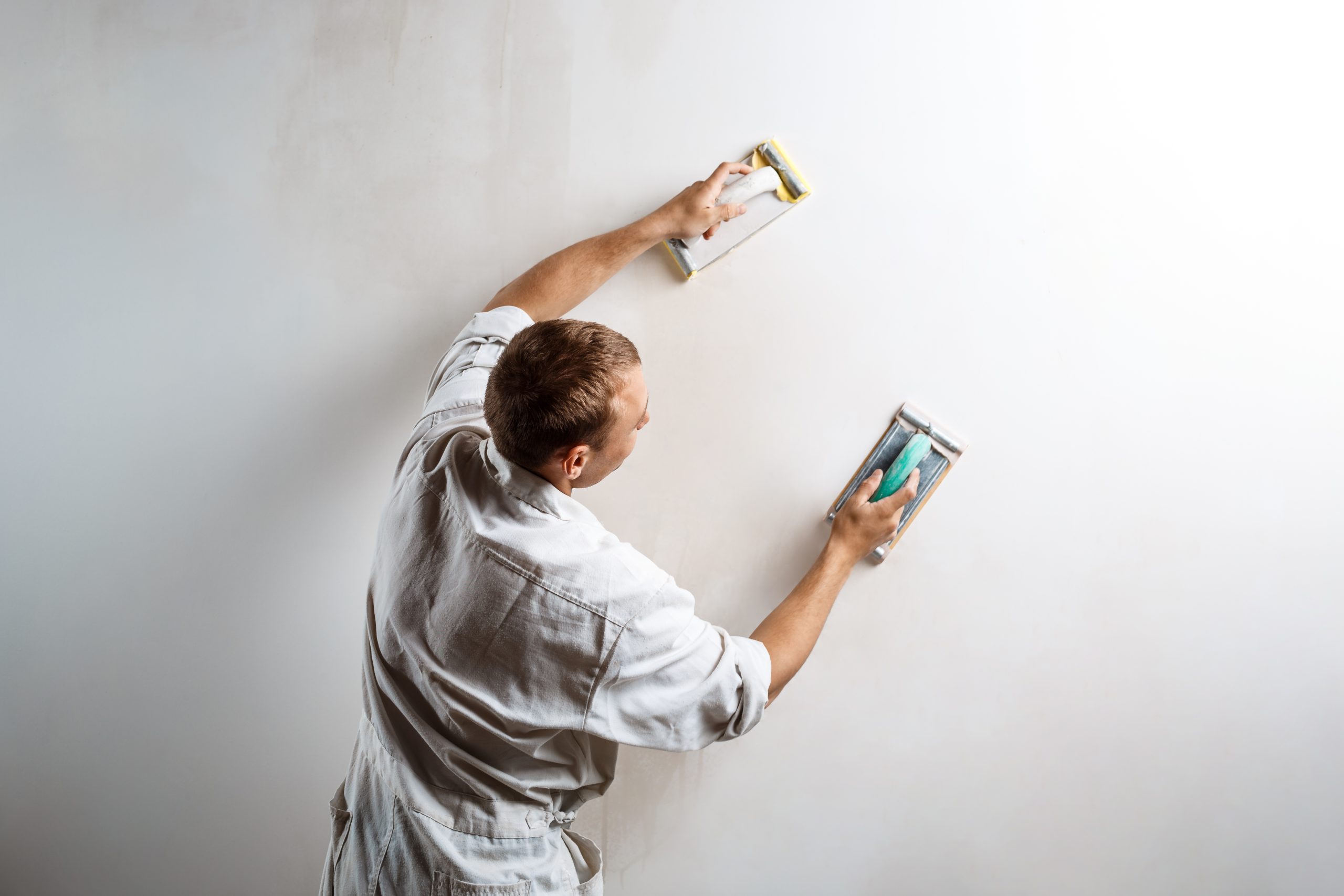
Latest Trends in Stucco Textures for Modern Home Exteriors
The latest trends in stucco textures for modern home exteriors are evolving to blend aesthetics with functionality, offering homeowners a range of options that enhance both the visual appeal and durability of their homes.
1. Smooth Finish
Smooth stucco textures are gaining popularity for modern home exteriors due to their sleek and clean appearance. This finish involves a meticulous stucco application process where the surface is troweled to achieve a flat, even texture. The result is a contemporary look that complements minimalist and modern architectural styles.
2. Santa Barbara Finish
The Santa Barbara finish, also known as the Old World or Mediterranean style, is characterized by a smooth surface with subtle undulations and variations. This decorative stucco technique provides a handcrafted look, adding character and warmth to modern home exteriors without being overly rustic.

3. Sand Finish
Sand finishes are versatile and can be customized to achieve different levels of coarseness. This stucco texture incorporates fine to medium sand particles into the stucco mix, creating a slightly rough yet refined surface. It’s a popular choice for homeowners who want a classic yet modern appeal for their stucco siding.

4. Lace and Skip Trowel Finish
These traditional stucco textures are making a comeback in modern applications. The lace finish creates intricate, raised patterns on the stucco surface, while the skip trowel finish offers a more random, textured look. Both techniques add depth and interest to the stucco home exterior, blending classic aesthetics with contemporary design elements.
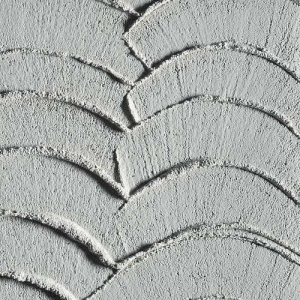
5. Dash Finish
The dash finish involves spraying or throwing stucco onto the wall, creating a rough, pebble-like texture. This method is ideal for homeowners looking for a unique, tactile surface that stands out. It provides a dynamic appearance and can be paired with modern architectural elements to create a striking contrast.

6. Cat Face Finish
Also known as Montalvo or California finish, the cat face finish is characterized by smooth areas interspersed with rough patches. This decorative stucco style is subtle yet visually interesting, making it a popular choice for modern homes that aim to combine simplicity with texture.

7. Integral Color Stucco
Incorporating integral color into the stucco mix is a growing trend, allowing for consistent color throughout the stucco application. This technique reduces the need for painting and maintenance, offering long-lasting beauty for stucco home exteriors. Homeowners can choose from a wide range of colors to match their design preferences.
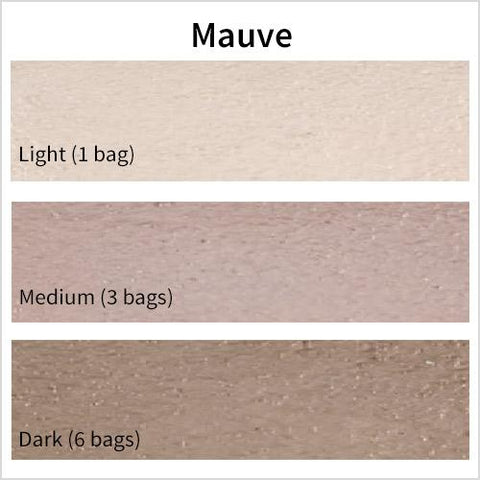
8. Combining Textures
Modern trends also involve combining different stucco textures on a single home exterior to create visual interest and differentiation. For example, a smooth base with a dash or sand finish accent can add layers of complexity and style to the overall design.
By embracing these latest trends in stucco textures, homeowners can achieve a modern, stylish look for their stucco home exterior that is both aesthetically pleasing and durable. These trends highlight the versatility of stucco siding, making it a preferred choice for contemporary architectural designs.
Benefits and Drawbacks of Using Decorative Stucco in Home Design
Benefits
- Aesthetic Appeal Decorative stucco offers a wide range of textures and finishes, allowing homeowners to customize their stucco home exterior to match their design preferences. From smooth and sleek to textured and rustic, stucco texture options can enhance the visual appeal of any home, providing a unique and stylish look.
- Durability When properly applied, stucco siding is highly durable and can withstand various weather conditions, including extreme heat, cold, and moisture. This longevity makes it an excellent investment for homeowners looking for a long-lasting exterior finish.
- Low Maintenance Decorative stucco requires minimal maintenance compared to other exterior finishes. Its resistance to rot, mildew, and fire reduces the need for frequent repairs or replacements. Occasional cleaning and minor repairs are typically sufficient to keep stucco looking fresh and new.
- Energy Efficiency Stucco provides excellent insulation properties, helping to regulate indoor temperatures. This energy efficiency can lead to lower heating and cooling costs, making it an environmentally friendly choice for homeowners.
- Versatility The versatility of stucco application techniques allows for a wide range of design possibilities. Stucco can be applied over various substrates, including wood, concrete, and metal, making it suitable for different architectural styles and structures.
- Seamless Integration Decorative stucco can seamlessly blend modern trends with classic styles, allowing homeowners to achieve a cohesive look that respects traditional aesthetics while embracing contemporary elements.
Drawbacks
- Cost The initial cost of decorative stucco can be higher than other exterior finishes due to the skilled labor required for proper stucco application and the materials involved. However, this cost is often offset by its durability and low maintenance needs over time.
- Cracking Stucco is prone to cracking, especially if not applied correctly or if the home settles or shifts. These cracks can affect the appearance and potentially lead to water infiltration if not addressed promptly.
- Installation Time Stucco application is a time-consuming process that requires multiple layers and curing times. This extended installation period can be inconvenient for homeowners looking for a quick exterior renovation.
- Moisture Sensitivity While stucco is generally moisture-resistant, it can be vulnerable to water damage if not properly sealed or if there are issues with the underlying structure. Proper drainage and sealing are crucial to prevent moisture-related problems.
- Color Fading Decorative stucco can fade over time due to exposure to sunlight and weather conditions. While integral color stucco can reduce this issue, regular maintenance and occasional repainting may be necessary to maintain the desired appearance.
- Limited DIY Options The application of decorative stucco typically requires professional expertise. Homeowners with DIY ambitions may find it challenging to achieve the desired results without proper training and experience.
In summary, decorative stucco offers numerous benefits for home design, including aesthetic versatility, durability, low maintenance, and energy efficiency. However, it also has drawbacks such as higher initial costs, potential for cracking, and the need for professional installation. Weighing these pros and cons can help homeowners make an informed decision about incorporating stucco into their home exteriors.
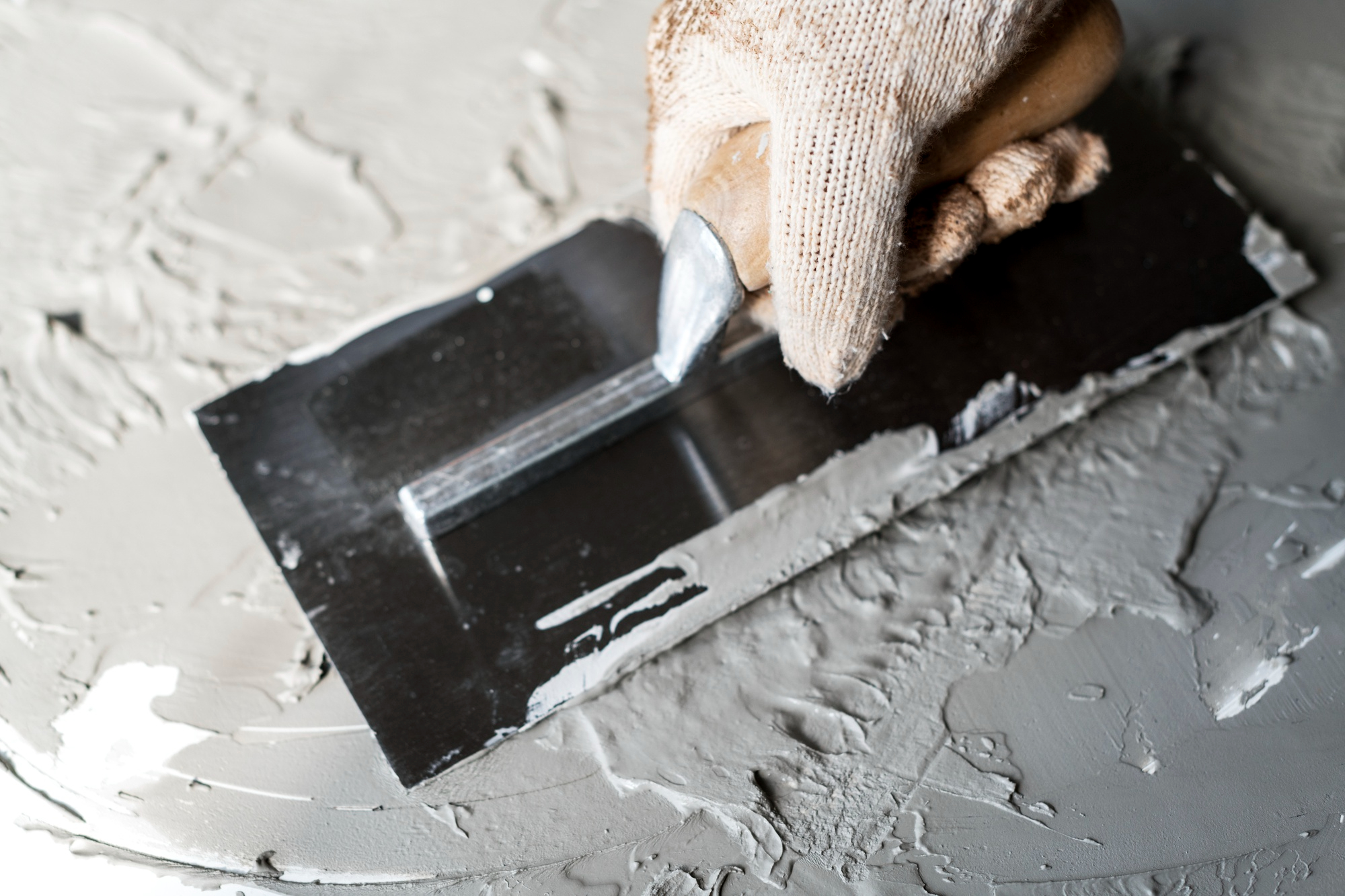
Blending Modern Stucco Trends with Classic Styles
Homeowners can effectively blend modern stucco trends with classic styles by focusing on the following strategies:
1. Choosing the Right Stucco Texture
Selecting a stucco texture that complements both modern and classic aesthetics is crucial. Smooth finishes or subtle textures like the Santa Barbara or cat face finish can provide a timeless look that bridges both design eras. These textures offer a clean and elegant appearance suitable for traditional and contemporary homes.
2. Incorporating Decorative Stucco Elements
Integrating decorative stucco elements such as cornices, trim, and moldings can add classic architectural details to a modern stucco home exterior. These elements enhance the visual appeal and maintain the charm of traditional designs while benefiting from modern stucco application techniques.
3. Using Neutral and Earthy Color Palettes
Opt for neutral and earthy color palettes that are versatile and can blend seamlessly with both modern and classic styles. Colors like beige, taupe, and soft grays work well with decorative stucco and can highlight architectural features without overwhelming the design.
4. Combining Different Stucco Textures
Mixing various stucco textures on different sections of the home exterior can create a balanced look. For example, a smooth stucco texture on the main walls combined with a textured finish on accent areas like gables or entryways can achieve a cohesive blend of old and new styles.
5. Integrating Modern Architectural Elements
Incorporate modern architectural elements such as large windows, clean lines, and minimalist designs with classic stucco siding. This fusion allows for a contemporary look that still respects traditional aesthetics. Modern lighting fixtures and landscaping can further enhance this blend.
6. Maintaining Classic Proportions and Symmetry
Adhering to classic proportions and symmetry in the design ensures that the home retains a timeless appeal. Balanced window placements, symmetrical facades, and proportionate decorative stucco elements can help merge modern trends with classic elegance.
7. Utilizing Sustainable and Innovative Stucco Materials
Embrace modern innovations in stucco materials, such as eco-friendly and high-performance stucco products, to ensure durability and sustainability. These advancements can provide a modern edge while maintaining the classic look and feel of traditional stucco applications.
By thoughtfully combining these elements, homeowners can create a stucco home exterior that harmoniously blends modern trends with classic styles, resulting in a unique and enduring design.
Materials and Additives Commonly Used in Modern Stucco Applications to Enhance Durability
Modern stucco applications have evolved to include a variety of materials and additives that enhance durability, improve performance, and offer aesthetic benefits. Here are some key components used in contemporary stucco systems:
1. Portland Cement
Portland cement is a primary component of traditional and modern stucco. It provides the structural strength and durability needed for a resilient stucco home exterior. This type of cement is known for its longevity and ability to withstand harsh weather conditions.
2. Lime
Lime is often added to stucco mixtures to improve workability and flexibility. It enhances the stucco texture, making it easier to apply and less prone to cracking. Lime also increases the breathability of the stucco siding, allowing moisture to escape and reducing the risk of mold growth.
3. Sand
Sand is a crucial aggregate in stucco mixtures, contributing to the overall texture and structural integrity. The type and size of sand used can affect the final appearance and durability of the decorative stucco finish. Fine sand creates a smoother texture, while coarser sand results in a rougher surface.
4. Fiberglass Reinforcement
Fiberglass is commonly used to reinforce stucco, adding tensile strength and reducing the likelihood of cracking. Fiberglass mesh or strands are embedded within the stucco layers during the application process, enhancing the overall durability and resilience of the stucco home exterior.
5. Acrylic and Synthetic Polymers
Acrylic and synthetic polymers are additives that improve the flexibility, water resistance, and adhesion of stucco. These materials help modern stucco applications withstand environmental stressors and maintain their aesthetic appeal over time. Acrylic-modified stucco also allows for a broader range of colors and finishes, enhancing the decorative stucco options available to homeowners.
6. Elastomeric Coatings
Elastomeric coatings are applied as a protective layer over stucco surfaces. These coatings are highly flexible and can bridge small cracks, preventing water infiltration and further damage. They also provide additional UV resistance, helping to preserve the color and integrity of the stucco siding.
7. Hydrophobic Agents
Hydrophobic agents are additives that make stucco surfaces water-repellent. These agents enhance the stucco’s ability to shed water, reducing the risk of moisture penetration and subsequent issues like efflorescence and mold growth. This improvement is particularly beneficial for areas with high rainfall or humidity.
8. Fiber Reinforcements
In addition to fiberglass, other fiber reinforcements such as polypropylene or nylon fibers are used to strengthen stucco mixes. These fibers distribute stress more evenly across the stucco surface, reducing the potential for cracking and enhancing the overall durability of the stucco application.
By incorporating these materials and additives, modern stucco applications achieve greater durability, flexibility, and resistance to environmental factors. This ensures that stucco home exteriors remain visually appealing and structurally sound for many years.
Conclusion
Modern stucco finishes successfully merge contemporary trends with classic styles, providing versatile options for enhancing home exteriors. Key trends in stucco textures, such as smooth, Santa Barbara, and cat face finishes, offer a timeless aesthetic that adapts to various architectural designs. The incorporation of advanced materials and additives, including Portland cement, lime, sand, fiberglass reinforcement, acrylic polymers, and elastomeric coatings, significantly improves the durability, flexibility, and water resistance of stucco siding, ensuring long-lasting performance and minimal maintenance.
To capitalize on these advancements, it is recommended that LastingOak continues to innovate in material development and application techniques, emphasizing sustainability and design versatility. By focusing on training and technology to refine stucco applications and promoting the aesthetic and practical benefits of decorative stucco, LastingOak can strengthen its market position. Highlighting the blend of modern trends with classic styles will appeal to a wide range of homeowners, showcasing stucco as a durable, low-maintenance, and aesthetically pleasing option for home exteriors.
Frequently Asked Questions (FAQs)
Q1: What are the benefits of using decorative stucco for my home exterior?
A1: Decorative stucco offers numerous benefits for your home exterior, including aesthetic versatility, durability, and low maintenance. It allows for a wide range of stucco textures and finishes that can complement both modern and classic architectural styles. Additionally, stucco siding provides excellent insulation, which can improve energy efficiency and reduce heating and cooling costs.
Q2: How do modern stucco textures differ from traditional ones?
A2: Modern stucco textures, such as smooth finishes, Santa Barbara, and cat face, provide a sleek and contemporary look that blends well with minimalist and modern designs. Traditional textures like lace and skip trowel are also making a comeback but are being used in innovative ways to add depth and character to modern home exteriors. These textures can be customized to achieve the desired aesthetic, whether it’s a smooth, refined finish or a more rustic, tactile surface.
Q3: What materials and additives are used in modern stucco applications to enhance durability?
A3: Modern stucco applications utilize advanced materials and additives like Portland cement, lime, sand, fiberglass reinforcement, acrylic polymers, elastomeric coatings, and hydrophobic agents. These components enhance the stucco’s durability, flexibility, and water resistance, ensuring a long-lasting and low-maintenance stucco home exterior.
Q4: Can stucco siding be applied over existing exterior materials?
A4: Yes, stucco siding can be applied over various substrates, including wood, concrete, and metal. Proper preparation and stucco application techniques are crucial to ensure adhesion and longevity. It’s advisable to consult with a professional to assess the existing structure and determine the best approach for applying stucco over it.
Q5: What are the common maintenance requirements for decorative stucco?
A5: Decorative stucco is low maintenance, requiring occasional cleaning to remove dirt and debris. It’s essential to inspect for any cracks or damage regularly and address them promptly to prevent water infiltration. Elastomeric coatings can help bridge small cracks and provide additional protection. In general, stucco is highly durable and requires fewer repairs compared to other exterior finishes.
Q6: How do I choose the right stucco texture for my home exterior?
A6: Choosing the right stucco texture depends on your home’s architectural style and your personal aesthetic preferences. Smooth and Santa Barbara finishes are ideal for a modern, sleek look, while lace and skip trowel textures add a more traditional or rustic appeal. Consider consulting with a stucco professional who can show you samples and guide you in selecting the best texture for your home.
Q7: What are the costs associated with stucco application?
A7: The cost of stucco application varies based on the size of the project, the type of stucco texture chosen, and the complexity of the application. While the initial cost may be higher compared to other exterior finishes, the long-term benefits of durability and low maintenance often offset this expense. Obtaining multiple quotes from reputable contractors can help you find a competitive price for your project.
Q8: Are there any environmental benefits to using stucco for my home exterior?
A8: Yes, stucco is an environmentally friendly option for home exteriors. It provides excellent insulation, which can reduce energy consumption for heating and cooling. Additionally, modern stucco materials and additives can be chosen for their eco-friendly properties, and the longevity of stucco reduces the need for frequent replacements, contributing to sustainability.
Q9: How can I blend modern stucco trends with classic styles in my home design?
A9: To blend modern stucco trends with classic styles, choose versatile textures like smooth or Santa Barbara finishes that offer a timeless appeal. Incorporate decorative stucco elements such as cornices, trim, and moldings to add classic details. Using neutral and earthy color palettes and combining different stucco textures can create a harmonious look that respects traditional aesthetics while embracing contemporary design elements.
Q10: What are the common challenges in stucco application, and how can they be addressed?
A10: Common challenges in stucco application include cracking, moisture infiltration, and proper adhesion. These issues can be mitigated by using high-quality materials and additives, employing skilled professionals for the application, and ensuring proper substrate preparation. Regular maintenance and the use of protective coatings like elastomeric can further enhance the durability and performance of stucco siding.
